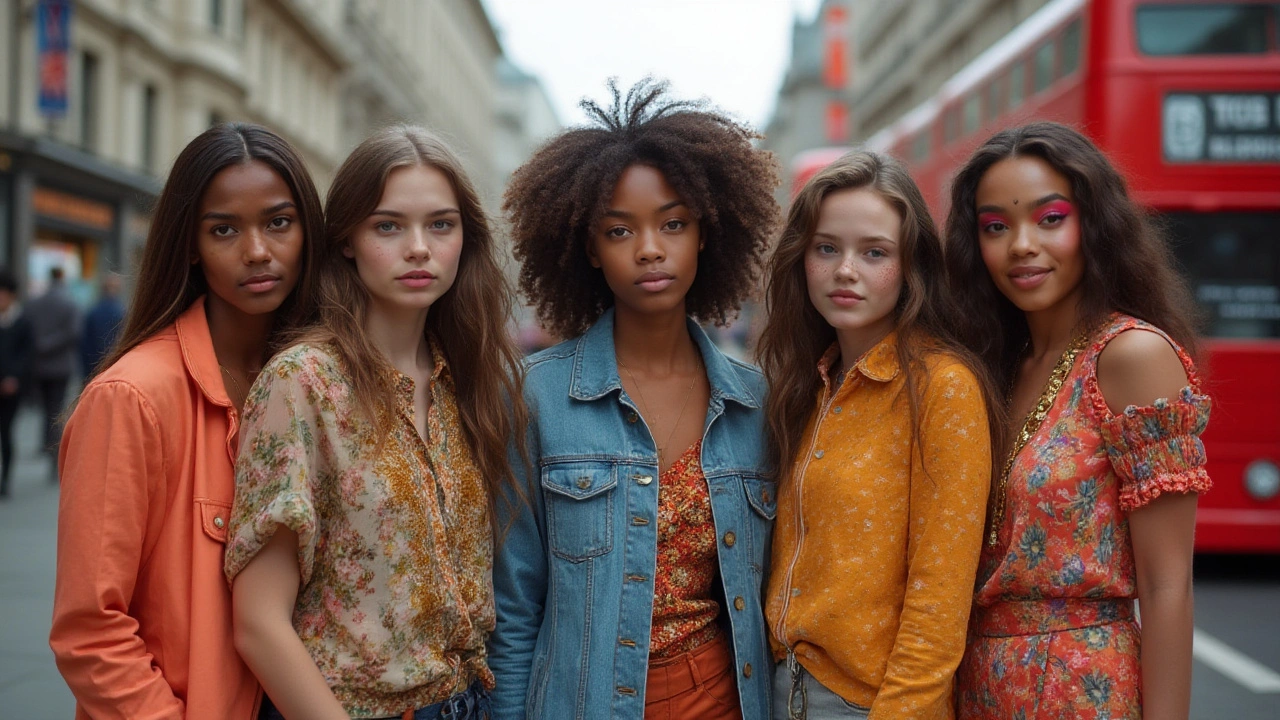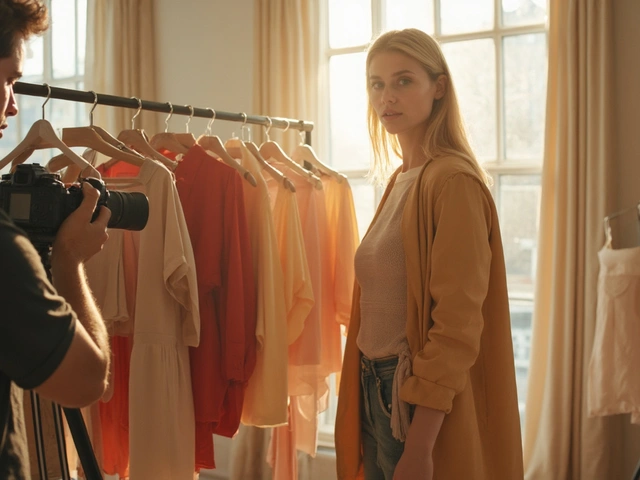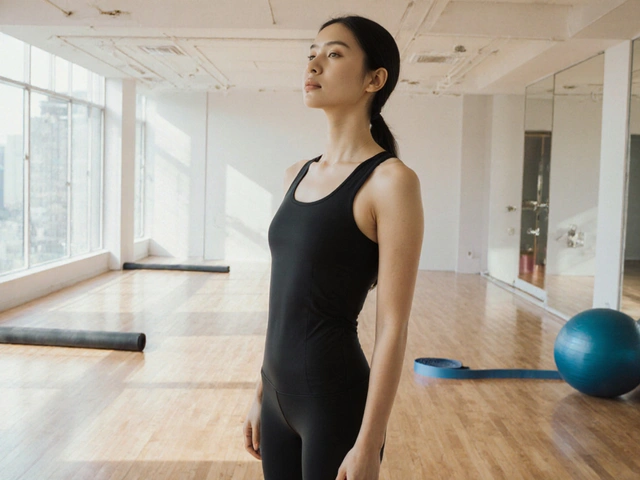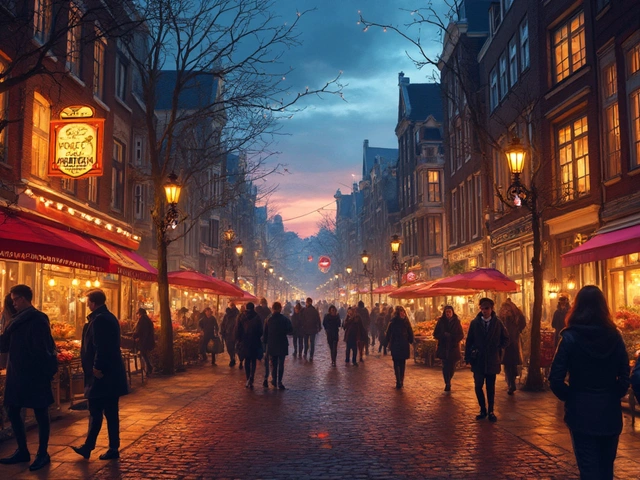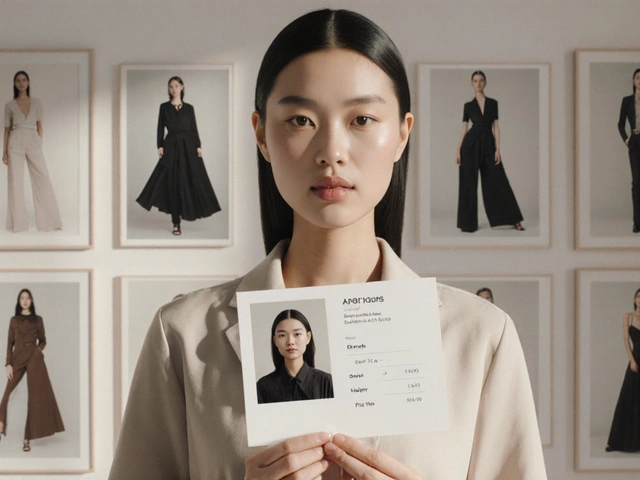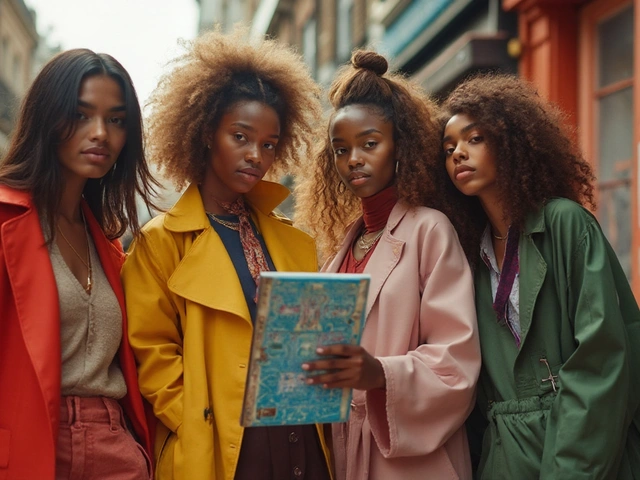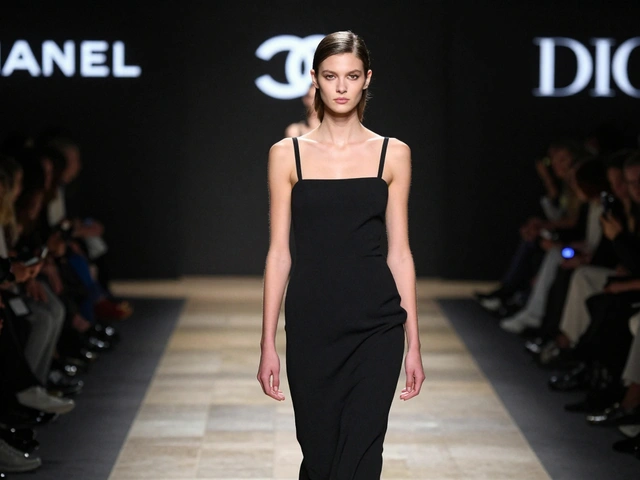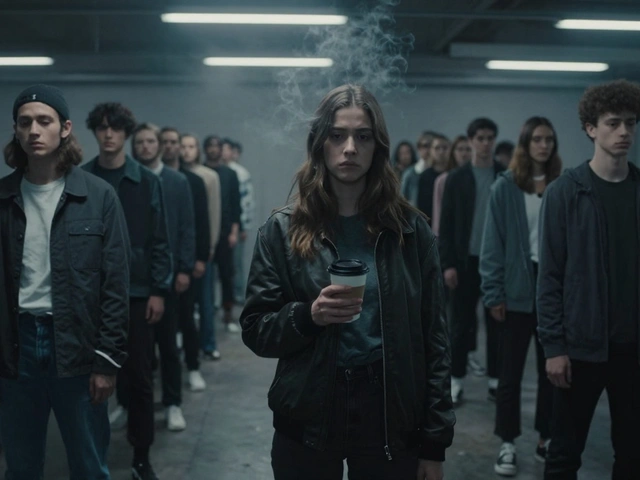Did you know that just ten years ago, runway shows and top magazines barely featured more than a handful of teens, and even fewer who looked different from the usual tall-and-thin type? Fast-forward to today, and teens are the ones rewriting fashion's rulebook—if not tearing the book to shreds. Their faces, backgrounds, bodies, and stories are bringing colors and curves to the catwalk. Every time you scroll through Instagram or swipe through TikTok, you’ll spot young faces who represent way more than just trends—they’re speaking out, breaking boundaries, and flipping the script of what’s considered stylish and cool. Fashion powerhouses have started to notice, but let’s get real: it’s the teens leading the charge, not the other way around.
Teen Models: The Face of a More Inclusive Fashion World
Teen models stand smack in the center of today’s push for diversity, and it’s about so much more than ticking boxes. These models bring fresh energy and raw honesty, often sharing their own stories about culture, gender, disability, or body positivity with thousands, sometimes millions, of followers. Think about Kaia Gerber making headlines at 16, but also models like Aaron Rose Philip, who uses a wheelchair and does not shy away from showing it off, or Yumi Nu, who made the cover of Vogue as both a plus-size and Asian-American teen.
The stats say a lot—and not just the glossy kind. In 2024, the Fashion Spot reported that nearly 40% of models cast for major campaigns were under 20, and diversity in ethnicity, body size, and gender expression was at its highest in the past decade. Brands like Marc Jacobs and Savage X Fenty have started recruiting actual teens from Instagram and TikTok, not just professional agencies. Why? Because these young models can genuinely connect with Gen Z buyers who care about more than just designer labels; they want to see themselves represented, unfiltered and unretouched.
| Year | % Models Under 20 | % Models of Color | % Size-Inclusive Models |
|---|---|---|---|
| 2018 | 22% | 19% | 5% |
| 2020 | 30% | 25% | 12% |
| 2024 | 39% | 36% | 20% |
But diversity isn’t just about background or size. We’re seeing more and more teens who rock androgynous looks, or who are non-binary and proud. Teens like Finn Buchanan have become stars by just being themselves, switching between men’s and women’s runways during Fashion Week. The modeling landscape is finally opening up, but it’s the teens themselves who keep pushing those doors wider.
The Ripple Effect: How Teen Models Influence Brands and Fans
When you see a fresh face on a billboard—maybe someone with natural curls, vitiligo, or wearing a hijab—there’s a good chance that image originated from an army of teen influencers backing the message with viral posts. Brands once dictated the look; now, teen models often dictate it to brands, flipping the power dynamic in their favor. Take the case of Ellise Choi, a Korean-American teen who turned her Instagram presence into a modeling contract and then insisted on only working with brands that refused to photoshop her freckles and acne.
This shift in power has also affected backstage culture. Some agencies now provide sensitivity training, more inclusive clothing racks, and diverse makeup options to cater to religious or ethnic needs. According to a survey by Model Alliance in late 2023, 58% of teen models said they had refused gigs with brands that failed their diversity standards. That number is way up from just 21% in 2017, and it’s proof that young models increasingly feel empowered to demand more from an industry traditionally slow to change.
And let’s not forget the fans—the millions of teens and tweens glued to social feeds. These fans are picky about authenticity. If they spot a brand hiring token diverse faces but then continuing with old-school practices behind the scenes, they call them out with hashtags and viral TikToks. Genuine progress, not just surface-level change, is what this new generation expects, and they won’t settle for less. If you’re building a brand or just starting in the industry, listening to these voices isn’t just smart; it’s necessary.
There are even practical tips for brands looking to keep up, such as:
- Hiring diverse casting directors and stylists who understand different backgrounds.
- Allowing teen models input on what they wear and how they’re styled.
- Hosting open calls via social media to reach those outside the usual agency circles.
- Fostering real, two-way feedback from models and fans alike.
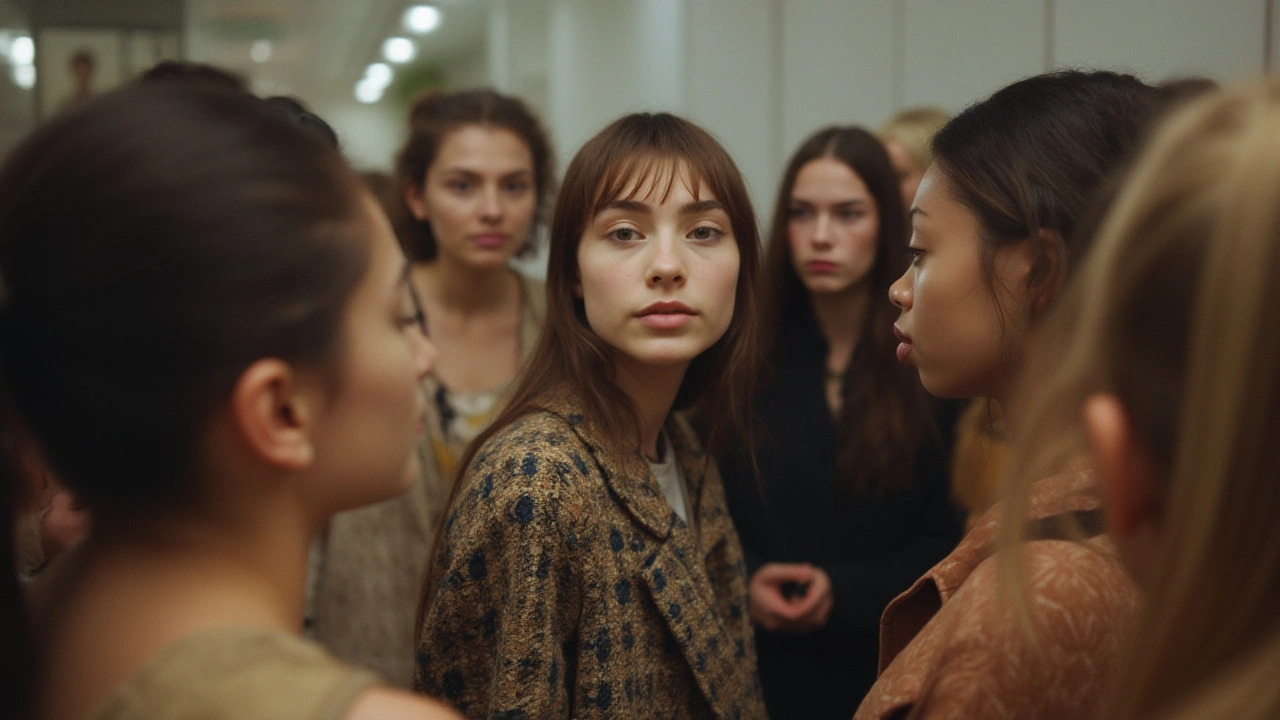
The Challenges Teen Models Face While Promoting Change
It’s exciting to see real change, but being young and in the driver’s seat means facing a ton of bumps along the way. For one thing, pressure to represent a whole group can weigh heavily. Teens like Nadya Okamoto—a model and activist—have spoken about the intense scrutiny and stress that comes with being the “first” or “only one” of their kind on a runway or in a campaign. Suddenly, you’re the spokesperson for your entire demographic, and that’s a lot to put on someone barely out of high school.
There’s also the not-so-glamorous side of online fame. Social media is a double-edged sword; hate comments and trolling can blow up overnight. A 2023 study by Digital Wellbeing Institute found that nearly 70% of teen models reported severe anxiety over negative feedback about their appearance or identity. Setting boundaries and building support networks—whether that’s family, professional counseling, or agency mentors—makes a huge difference, but the job can still be lonely at times.
Real change in fashion also means clashing with old-school attitudes that sometimes come from management or established names in the industry. It takes guts for a 17-year-old to say “no” to unhealthy expectations about body size or eurocentric trends, especially if there’s money or publicity on the line. But thanks to groups like the Model Alliance and Teen Vogue’s Open Letter initiative, more resources are available for young models who encounter discrimination or exploitation. These groups offer legal support, peer networks, and even emergency contacts for teens who find themselves in uncomfortable situations while on shoots or traveling.
The lesson here? Advocacy and organizing work. When teens move together—signing petitions, sharing their experiences publicly, supporting each other behind the scenes—they almost always win against outdated industry norms. It’s still tough, but it’s a fight they’re more willing than ever to take on.
The Next Steps: How to Support and Amplify Teen Voices in Fashion
If real change in fashion feels slow, remember: it’s happening because real teens and their communities are driving it every day, post by post, walk by walk. So, what can you do—whether you’re a fan, fellow model, parent, or just someone who cares?
- Follow and boost emerging teen models who embody real diversity—not just in appearance, but in their message and activism.
- Call out brands that miss the mark and speak up for campaigns that set good examples.
- If you’re a teen interested in modeling, look for agencies with a rep for treating young talent well, and talk honestly with your family about expectations and safety upfront.
- Push for better mental health support and anti-bullying resources, both online and off.
- Encourage open discussions about what “diversity” really means. Representation is more than a word—it's also feeling safe and included on set, behind the scenes, and on every page or screen.
The fashion world is finding its shine not through polished ads, but through the voices and faces of real, raw, and relatable young people. Teen models are not just figures on a runway; they’re leaders, trailblazers, and the loudest champions for change out there. Next time you see a campaign that makes you smile because it finally looks like your group of friends, remember—it’s probably because some fearless teen refused to accept “normal” as good enough. Embrace their energy, learn from their journey, and keep cheering them on. This isn’t just a trend—it’s the new face of fashion. And it’s about time.
